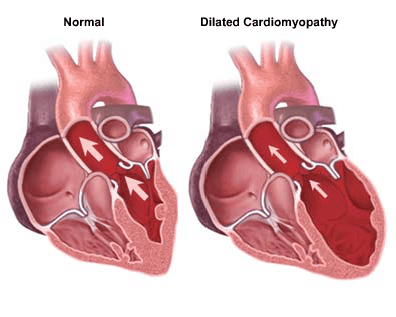Left Ventricular Hypertrophy(LVH) can cause all sorts of problems in terms of ECG diagnosis. There is a straightforward and simple approach to diagnosing it. Here is the ECG in 20 Seconds Approach.
The criteria for diagnosing LVH are very specific(>90%) but not sensitive(50%). That means that if the criteria are met, it’s probably there. If not, then it may still be there, but we are not picking it up. There are several criteria that can be used. The Sokolow, or Cornell or Estes scoring system.
Here are the simple Criteria I use:
1. Increased QRS amplitude- the left ventricular waves have tall waves and deep S waves are seen in RV leads. I use chest lead voltage criteria of S in V1 + R in V5/6 >35mm(Sokolow). Or in the limb leads R or S >20mm(Estes).
2. ST abnormality in V5/6, where there is an inverted T wave, but it is ‘asymetrical’ and looks like a tick- more on this below.
The Assymetrical T wave
This occurs in the lateral leads V5/6. There may also be a strain pattern in I and aVL. There is a tall R wave and a downsloping ST segment. The T wave is asymetrical. Beware Digoxin Toxicity.
This can result in a similar ECG. There can be lateral changes with a reverse tick patterns, as well as significant blocks. Look for the more widespread ST changes as in many cases they will be more than just lateral. There will more than likely alsobe another arrhythmia associated.




